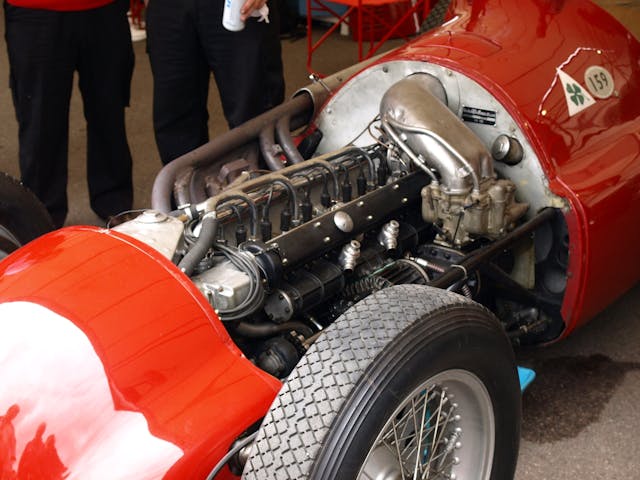Formula 1 engine evolution is about more than size
Formula 1 is young in the world of automotive racing, having only started the modern era in 1946. It’s not a stagnant series though, as the rulebook has evolved and changed numerous times in recent history, let alone tracking changes all the way back to the beginning. All those rule changes would likely get boring, but when Formula 1 released a video tracing the evolution of engine design and requirements, it caught our attention.
This is the tippy top of motorsports, and thus the rulebook tends to be incredibly complex. Rather than discuss each minor item this video focuses on the two biggest factors of F1 engines: displacement and layout. The engine displacement puts a relative cap on power output because volumetric efficiency has laws, and breaking those requires some pressure feeding. This explains why the first rulebook-capped naturally aspirated engines are 4.5 liters, or just a scant 1.5 liters for a supercharged setup. The layout was unrestricted though, and this is likely what led to the short stroke, high-cylinder-count engines we are familiar with.

The short-stroke design enables a lighter rotating assembly which means the engine can rev significantly higher, safer. The high-rpm allows the short stroke to make the most of the fuel in the cylinder. Those naturally aspirated engines have to draw in their own fuel and air mixture, whereas a turbocharged or supercharged engine has that mixture forced into the cylinder under pressure which enabled it to pack the air and fuel in denser than most naturally-aspirated engines can. Thus the displacement cap effectively levels the playing field during these early years.
From the early engines like the 4.5-liter BRM V16, the rulebook downsized to 2.5 liters in 1954 but it was not displacement that became the story, but location. During the 1950s the first mid-engine cars took the grid and it was only a matter of time before it became the standard regardless of engine size and layout. Even as late as 1995 the teams still had freedom as to layout and cylinder count but with just 3 liters to play with, and the ubiquity of computer design, the formula was all but standardized and was locked into a V-10 in 2000.
The first hybrid powertrains joined the field in 2009 and are here to stay. In fact, F1 recently updated the rulebook to raise the electrical capability of the hybrid powertrain while leaving the V-6 engines alone. These changes are to go into effect for 2026 with a hope that it will allow new engine manufacturers to join in as there’s currently just Ferrari, Mercedes, Red Bull and Renault that supply the entire grid.
Any F1 fan has a favorite engine era, and for your author it is the early stuff. As awesome as the shriek of a tiny V-10 is, the technology in those early DOHC engines is too interesting to leave alone. What is your favorite F1 engine? Tell us about it in the comments below.

